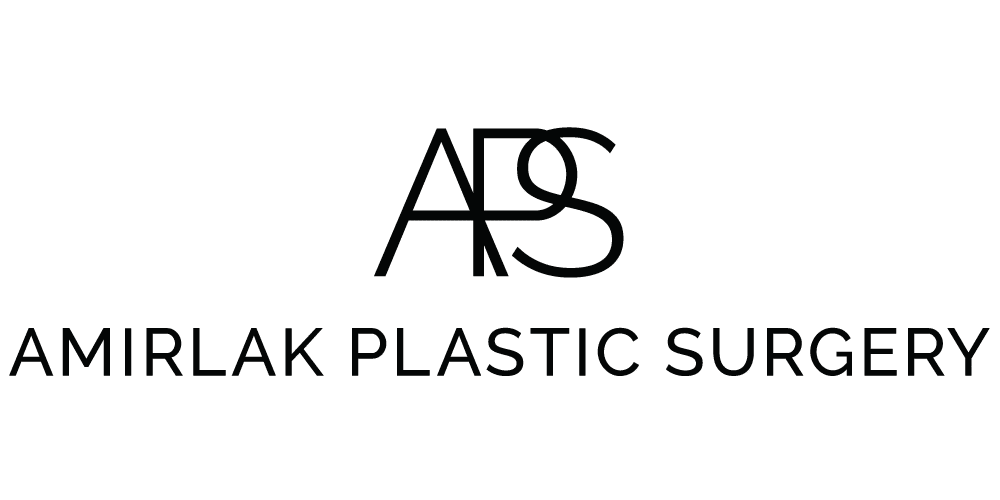Fat-Transfer Breast Reconstruction in Dallas, TX
What is fat-transfer breast reconstruction?
Breast reconstruction surgery replaces the breast that is removed when a woman has a mastectomy to treat breast cancer. Although breast reconstruction often involves inserting a synthetic implant, there is an alternative, more natural treatment for rebuilding the breast(s).
“Autologous fat transfer” removes fat from an area of the body that has fat to spare, and places it in the reconstructed breast for results that look and feel natural. By using the patient’s own fat, the hard look and feel often associated with implants is eliminated. Many women also like the idea that a foreign material has not been inserted in their bodies. The cosmetic benefit of fat transfer is that the area, usually the abdomen, from which the fat is taken becomes slimmer and more contoured. Fat-transfer breast reconstruction is ideal for nearly any woman who wants a breast reconstructed, does not want to use a saline or silicone implant, and has enough body fat available to sufficiently rebuild the breast.
Benefits of Fat-Transfer Breast Reconstruction
Breast reconstruction using autologous fat transfer has a number of benefits over breast reconstruction with implants, including the following:
- Reduced scarring
- Minimal number of incisions
- No risk of implant rejection
- No risk of capsular contracture
- Ability to shape and sculpt the breasts
In general, a breast reconstructed from a patient’s own tissue is more similar in shape, contour and feel to a natural breast than one reconstructed using an implant.
Fat-Transfer Breast Reconstruction Procedure
For a number of weeks or months prior to fat transfer, a tissue expander is placed below the pectoralis major muscle of the chest wall to create a new breast “pocket.” When the tissue has expanded enough, breast reconstruction using fat transfer can begin. First, fat is removed using liposuction, in which a cannula (a thin, hollow tube) is inserted through small incisions, and then moved back and forth to loosen excess fat, which is suctioned out using a vacuum or a cannula-attached syringe. The harvested fat cells are then purified. In the second procedure, which takes place on the same day, the fat is injected into the breast through small incisions.
The procedure takes 4 to 6 hours to perform under general anesthesia, or local anesthesia with sedation, depending on the preference of the patient and surgeon. Because some of the injected fat is reabsorbed by the body, some people may require two to five fat-transfer procedures to achieve satisfactory results. Postoperative pain and swelling, which can be managed with prescription medication, are typical. A patient can return to work and other light activity after a few weeks.
Risks of Fat-Transfer Breast Reconstruction
Aside from the risks associated with any surgery, those related to fat-transfer breast reconstruction include the following:
- Calcification
- Fat embolism
- Fat necrosis
- Oil cysts
- Loss of volume
Although there was initial concern in the medical community that using fat to reconstruct the breast might increase the risk of breast cancer’s recurring, studies indicate that it does not.
Questions?
Call 214-645-5560 or email us today to learn more about Fat-Transfer Breast Reconstruction in Dallas, TX or to schedule a consultation.



